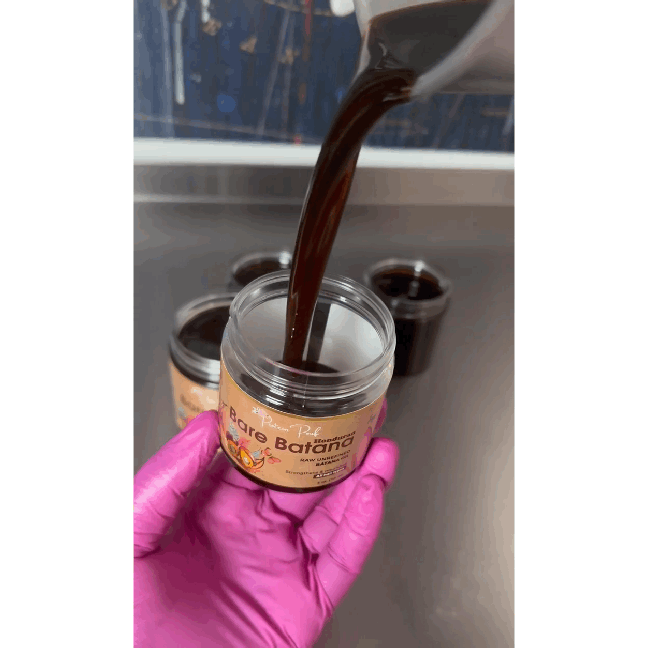
Why does Batana oil melt?
Share
Have you ever wondered why authentic Batana oil melts? Let's delve into the science behind this natural oil's melting properties.

Chemical Composition
Batana oil, derived from the nut of the American palm tree, is primarily composed of triglycerides. These triglycerides have different fatty acid chains, such as lauric acid, oleic acid, and palmitic acid. The composition of these fatty acids influences the melting point of the oil.
Melting Point
The melting point of Batana oil typically ranges between 25°C to 30°C (77°F to 86°F). This relatively low melting point is due to the presence of a high percentage of unsaturated fatty acids in the oil. Unsaturated fatty acids have a lower melting point compared to saturated fatty acids.
Crystallization
When Batana oil is exposed to lower temperatures, the triglycerides in the oil start to crystallize. This process is known as crystallization, and it is responsible for the solidification of the oil. As the temperature increases, the crystals melt back into liquid form.
Application in Skincare
The melting point of Batana oil is crucial in skincare products. The oil's low melting point allows it to be easily absorbed by the skin, providing moisturizing and nourishing benefits without leaving a greasy residue. This makes it a popular ingredient in various skincare formulations.
Conclusion
In conclusion, the melting point of Batana oil is influenced by its chemical composition, specifically the types of fatty acids present in the oil. Understanding the melting properties of Batana oil is essential for utilizing its benefits in skincare and other applications.
Get your REAL bare batana from www.proteinpouf.com


